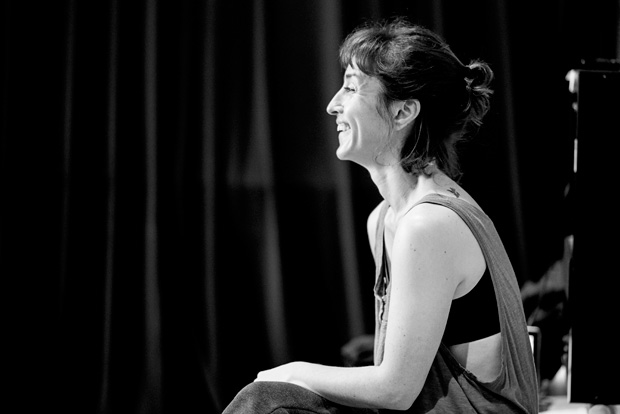
© Camilla Greenwell. (Click image for larger version)
Gallery of Hagit Yakira’s Free Falling pictures by Foteini Christofilopoulou.
Hagit Yakira Dance are currently touring their Free Falling double bill. Further details. And do check back on that link – they are due to tour the show again in Autumn 2017 and 2018.
Founded eight years ago Hagit Yakira Dance are steadily becoming more widely known as they tour increasingly – which is what they are currently doing. We have a word with the boss about this particular tour and her approach to creating accessible and entertaining work…
Do tell all about the Free Falling double bill. And how is the tour going?
Both Free Falling and Air Hunger are works that explore different kinds of anxiety.
A few years ago I decided I wanted to create an evening, which deals with a number of people I met while studying and working as a Dance Movement Therapist many years ago. These people suffered from different anxieties which created physical and mental implications to their bodies, life and well-being. These people left a huge impression on me; they taught me a great lesson on empathy, and evoked new thoughts about the process of recovery.
My idea, or shall I say my wish, was to convey a sensation or a feeling; I didn’t want to retell these people’s stories; I wanted to share, physically, what they sensed while feeling and experiencing those anxieties and in their process of recovery. I didn’t want my work to be portrayed as a story about anxiety but rather to use different kinds of physicality to communicate a more abstract choreography. Abstract but still emotional.

© Foteini Christofilopoulou. (Click image for larger version)
The body and its abilities were the centre of my exploration. No set, no text, no narratives, but rather what a body in itself, and in relationships to other bodies, can convey.
So far the reaction this evening gets are quite amazing, I have to say. People are moved deeply, they feel, they sense, the go through a journey, an emotional one.
We normally hold a post–show talk (I find it very interesting to meet the audience and to hear their thoughts and to be able to answer their questions, especially at this stage of my career, when my work becomes more visible) and what we hear, wherever we go, is that the audience gets an experience, a real visceral experience of here and now, of a deep sense of being. People comment on how beautiful the vulnerability of the dancers is to them, how much attention it brought to time, touch, and details. Many people thank us for sharing with them something so human and so honest. One of the latest remarks I heard from our performance in Wales – a very touching comment – was from an elderly woman who said she felt awakened after watching the piece – awakened personally and socially.
How would you describe your dance style – what differentiates Hagit Yakira Dance? And who are your dance heroes?
I always find it very difficult to answer this question. I don’t think there is a dance style my work can be completely linked to. It is of course in the spectrum of contemporary dance and it links to improvisation and contact work. It is heavily concept based without it being conceptual, it is very emotional without it being expressive or narrative based and it is very physical and highly technical without it being linked to a technique per-se.
In a way all styles are acceptable in my work as long as they are there to support the emotional journey I want to convey; as long as they support the sense of being, honesty and vulnerability I want to show. And at the same time no style is fully embraced, whichever style I use I then have to rebel and question and seduce so there is a sense of freedom. So rather than being committed to a style I am committed to the emotions, and to the subject matter; to the emotional journey and the experience the dancers, myself and hopefully the audience can go through. In my work I try to pay attention to details, time, touch, to listening, to energy and at the same time vulnerability and the humane! It is the emotional experience that I am looking for, and therefore whatever is needed – whatever kind of physicality and style are needed – these are the ones I will be using.
Because of that the dancers I work with need to be extremely capable physically and technically but this is not in order to show off how good they are – it is only there so they can use their body and physicality in a detailed, controlled and virtuosic way.
I think people say it much better than I do, those who write about my work and talk about it – they all talk about an experience; an experience that cannot be described but sensed and lived in the moment. They talk about a sense of being, a sense of feeling, a sense of openness and a sense of affectedness. Whether it is different to others, whether it can be differentiate from other’s work this I will let you and the audience decide.
My heroes are mostly female choreographers: Pina Bausch, Anne Teresa De Keersmaeker, Trisha Brown, Meredith Monk, Rosemary Lee, Rosemary Butcher, Yasmeen Godder, Noa Wertheim – to name a few. Though I have plenty of other heroes who have nothing to do with dance, but rather with humanity, with a deep research into the human being and a poetical approach into art and artistry. To name a few… Virginia Woolf, the Bronte’ sisters, Amos Oz, Shmuel Yosef Agnon, Leo Tolstoy, Chinghiz Aitmatov, Baruch Spinoza, Peter Brook, Samuel Beckett, Bob Dylan, Joni Mitchell, Nina Simone, Thom Yorke, Beyonce, Madonna, Amedeo Modigliani, Edvard Munch, Georgia O’Keeffe, Frida Kahlo, Yayoi Kusama and many more.
When you go into the studio to create, do you know what you are going to do – do you have nearly all the movement worked out? And do you ever go back and edit steps on old works?
I come very much in the unknown.
When I first go into the studio I have a subject matter and I have very inspiring collaborators. I choose people that touch my heart, that stir my imagination, people that I can trust, and people that I know will trust me. The journey we are all going though is very demanding, physically, mentally and intellectually. It provokes a real sense of reflection and it challenges the familiar all the time. Therefore I need to find collaborators that besides their excellent artistry are sensitive, deep, reflective, curious, team workers and happy to go beyond their comfort zone most of time; not afraid to be vulnerable, to touch their emotions and to leave their egos aside.

© Foteini Christofilopoulou. (Click image for larger version)
Once I find the right collaborators we start with a long process of improvisation (or maybe I should say of different kinds of improvisational tasks) where I lead the dancers carefully into a state of exhaustion, openness and trust. I work a lot on the group dynamic and constantly striving for new qualities I can lead the dancers to. I trust that the process will lead into images; images, which I slowly craft into a structure. The movement comes from the images I find in the process and then explore for hours and weeks in the studio with the dancers. The editing process is endless and I keep editing and refining the choreography during the tour. It is a never-ending story.
My work with Sabio Janiak the composer is also very detailed and close, and he joins us in the studio from the very beginning. Lighting and costume come at a much later stage when the work has an identity and a kind of a shape already.
We don’t have so many female choreographers – why’s that?
The dance ‘industry’ really doesn’t have a real strategy of how to make female choreographers more visible. Because we do exist! We are everywhere, but we might not do what is an ‘easy sell’. Many female choreographers work on elements that are maybe less popular and rather than finding a strategy of discussing these ideas with the audience, there is a sense that dance programmers take safer choices. I also think that here in the U.K. dance artists feel as if they should progress in one direction – and it is to be ‘bigger’. Bigger in terms of how many dancers to have on stage, how many musicians, of how big the production is, how to make a greater spectacle. But for some the idea of making art and choreography isn’t necessarily to become ‘bigger’ in terms of size, but rather to become ‘bigger’ in other directions and qualities which might challenge what is popular in dance today (and they might not want to become bigger at all – and just to remain humble through rich and deep research). It also seems to me there is a tendency that big dance houses trust men more, and therefore support male choreographers to climb into big scale productions. Somehow they are much more reluctant to do that with female choreographers.
I actually have a lot more to say on the matter, it is very much alive and current and disturbing and we should continue talking about it.
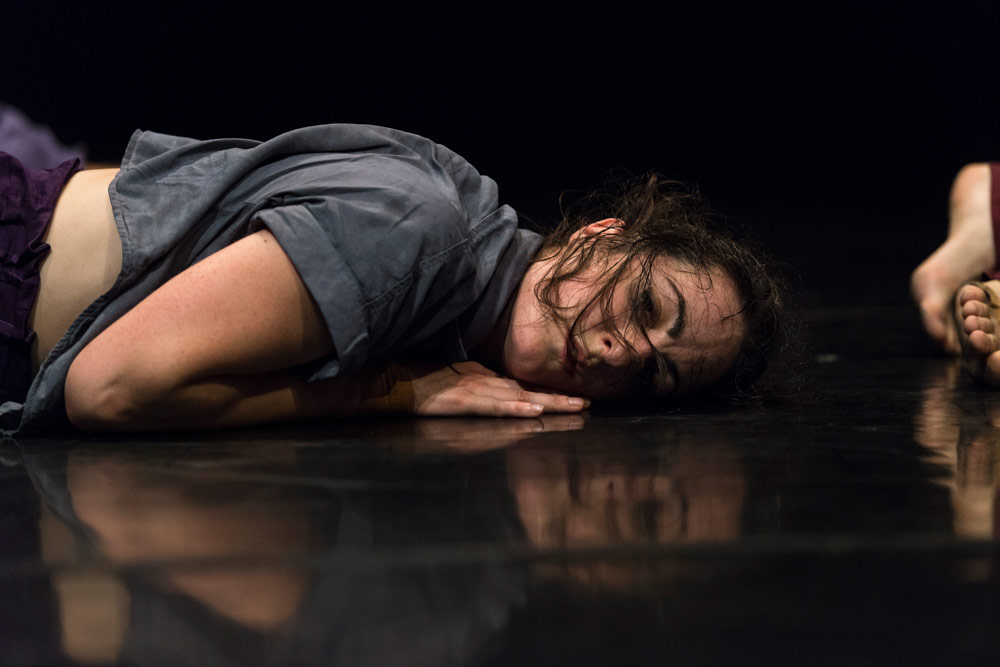
© Foteini Christofilopoulou. (Click image for larger version)
So what next? We hear you are doing a PhD in choreography…
Yes, my PhD is one thing – and it is what I will be focusing on for the next few months – writing it!
Free Falling will keep touring in Spring 2017 and through 2018 nationally and internationally. It is only the beginning of what I hope will become a meaningful and inspiring journey of meeting different audiences in different places. Additionally in 2018 I will be starting a new Research and Development, which will combine the professional dancers I am working with (and some new ones) with the community.
In terms of my work as a guest choreographer – I am commissioned to do a few choreographic works this year and next – mapdance, the CAT scheme in Birmingham, Transitions Dance Company, Stavanger University in Norway, YDance in Glasgow, a research project in Italy and a few more.
21 Feb 2017: After this interview was released we were asked to add some credits – Hagit feels it is very important that everyone should be credited for the work that they do. Please see list below:
Performers: Sophie Arstall, Stephen Monyihan, Fernando Balsera and Verena Schneider
Composer: Sabio Janiak
Dramaturge: Lou Cope
Costume Design: Mickie Mannion
Costume Design: Bettina John
Photography: Camilla Greewell
Filmmaker: Kiraly Saint Claire
Producer: Sarah Shead
Communication Manager: Anna-Maria Frastelli
PR: Helen Bonner
This page is now finished – any further information and/or changes can be noted in commenting system below.







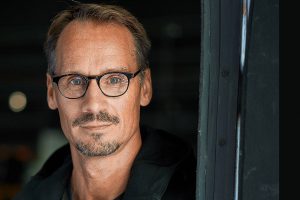
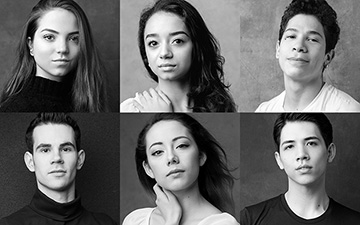

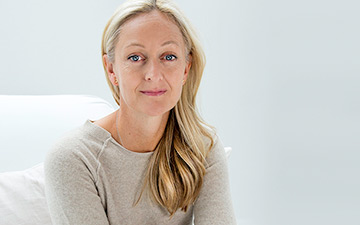
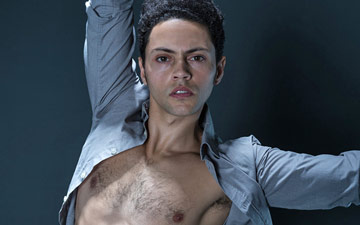

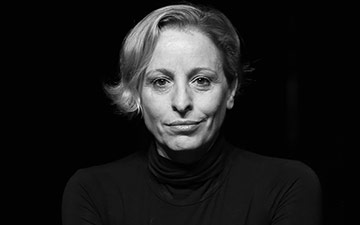


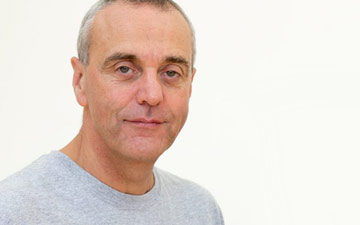
You must be logged in to post a comment.